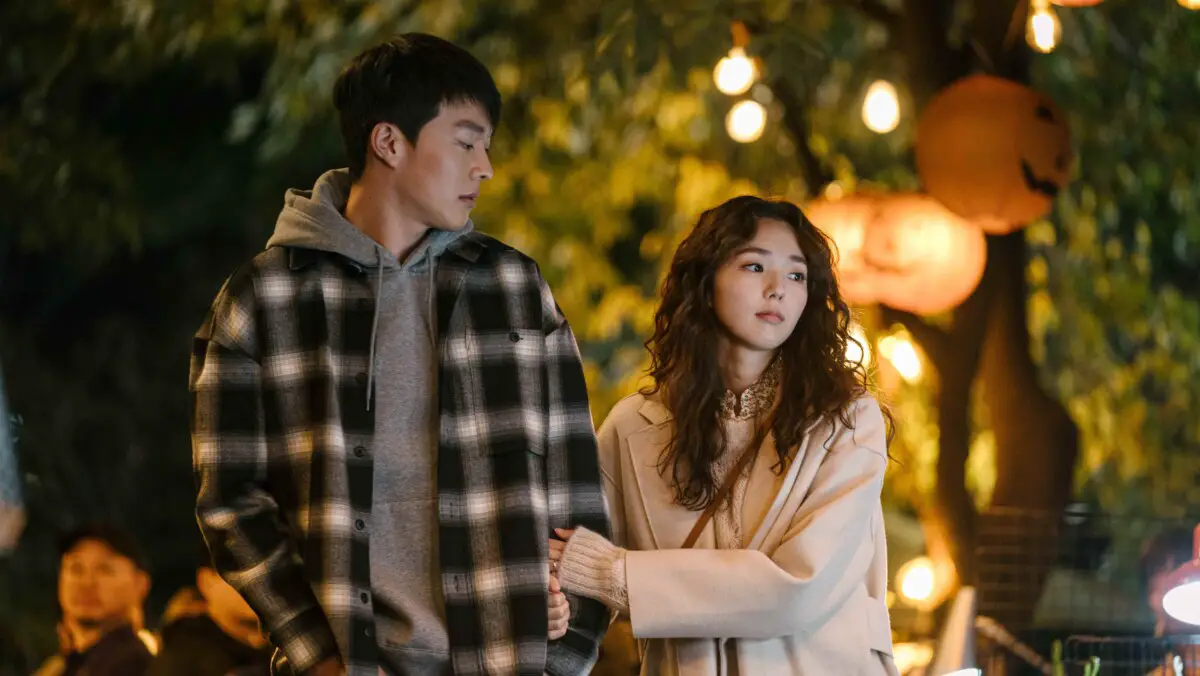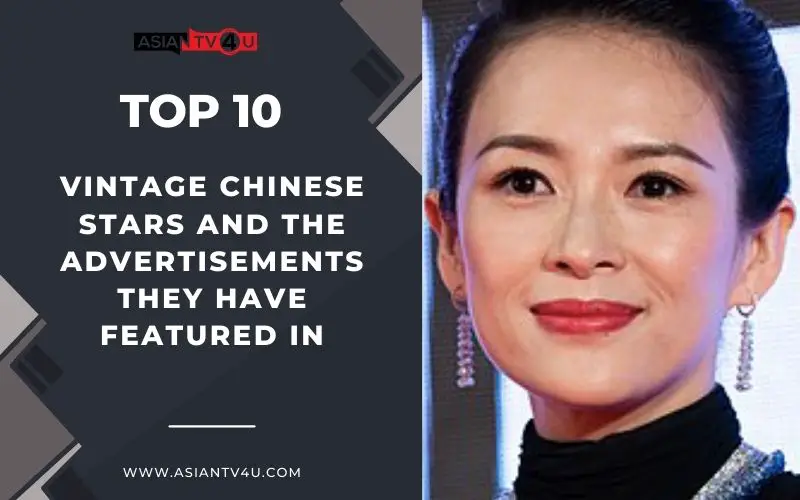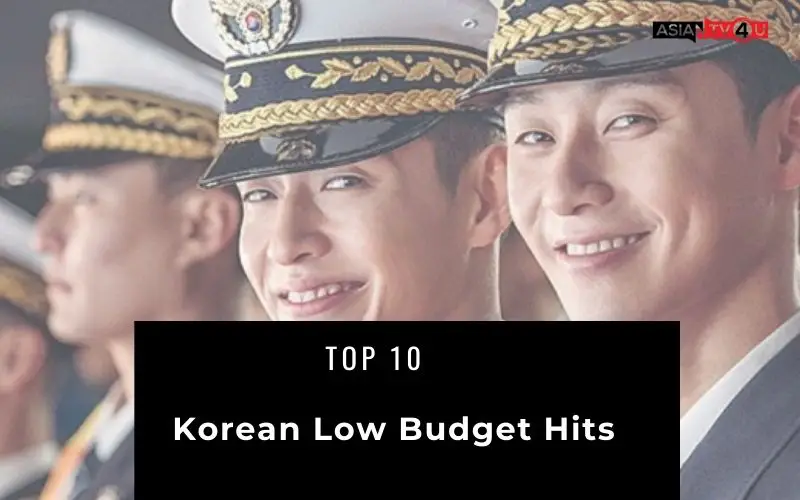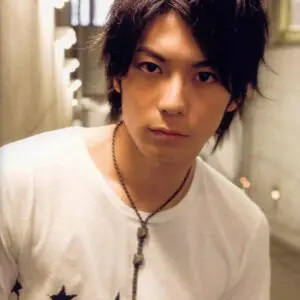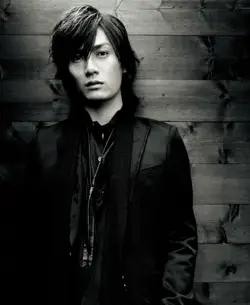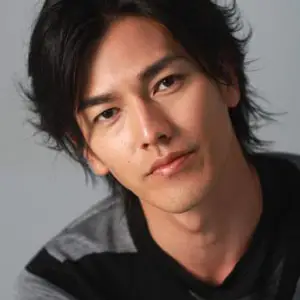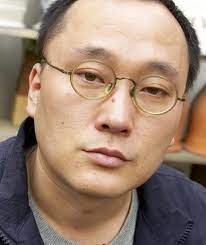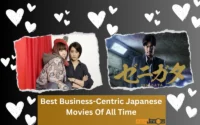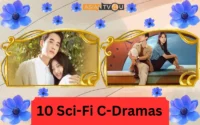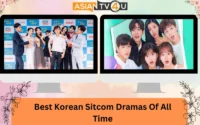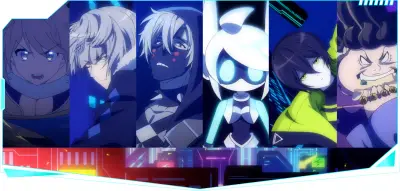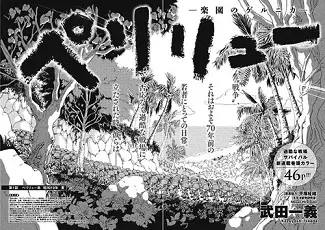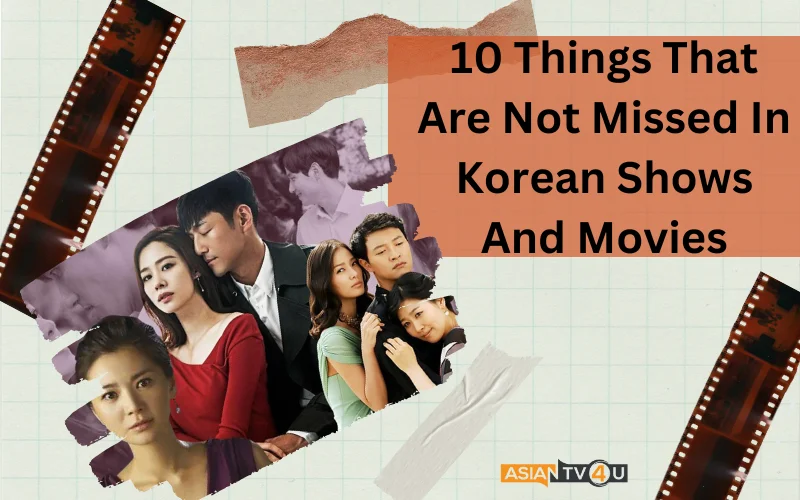
Korean pop culture, including music and television, has grown in popularity around the world in the last decade. More and more people have been aware of the grandeur of K-dramas and movies. Yet, whether you're new to Hallyu (the Korean wave) or a seasoned fan, there are a number of things that will leave you perplexed while watching a K-drama. We live in a globalized society, so things may appear familiar on the surface, but typical Korean practices may appear unusual to many of us. Don't worry, this is a handy guide to help you navigate any K-drama or movie you desire.
1. Mandatory Military Service
Conscription, or the mandatory recruitment of men in military services, is still practiced in Korea. Male inhabitants between the ages of 18 and 28 are required by law to enlist in the military for at least two years. Korean celebrities, such as actors and K-pop singers, are not exempt from military duty. Until recently, the right to refuse enlistment did not exist in South Korea. The South Korean Constitutional Court legalized conscientious objection as a grounds for escaping conscription in 2018. This is something very proudly portrayed in most Korean shows and movies.
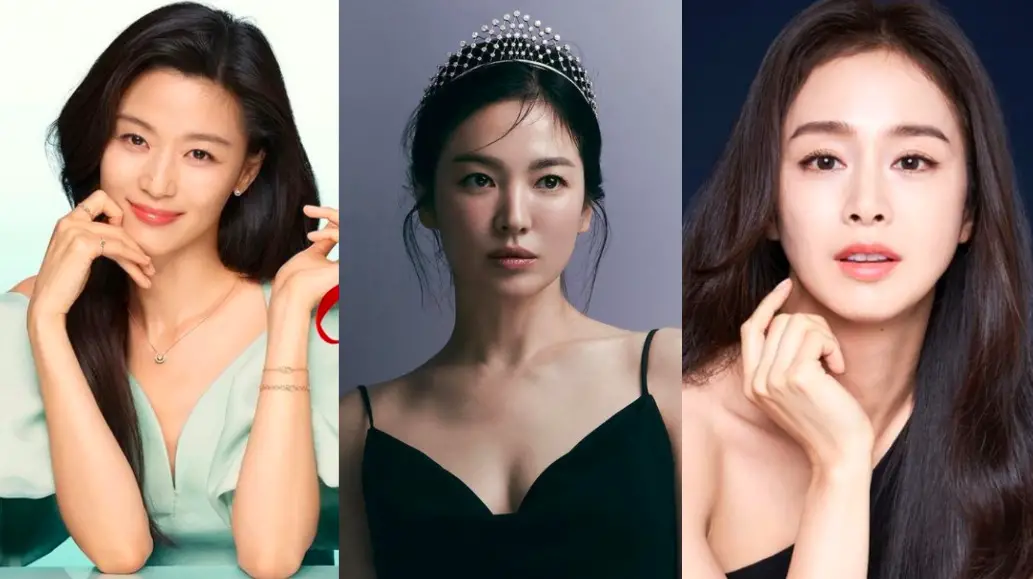
2. High Beauty Standards
The famed '10-step skincare program' or the 'glass skin' fad are signs that Korean beauty has swept over the world. Nonetheless, this implies that beauty standards in Korean society are exceptionally high and inflexible. As a result, the country boasts the world's largest percentage of plastic surgery. It is pretty prevalent in both male and female Koreans, including non-celebrities.
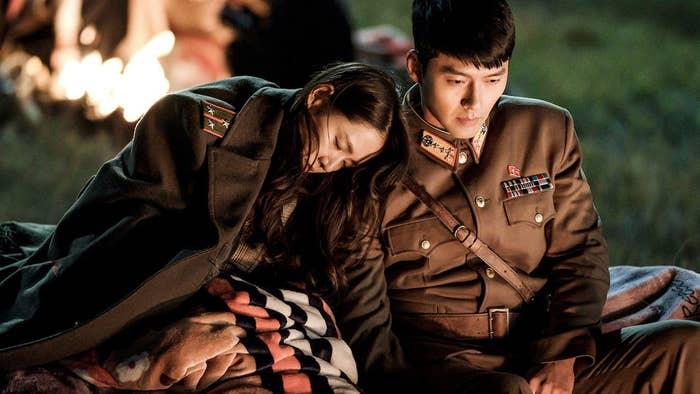
3. Non-Obvious Display of Affection
Why do characters in K-dramas not know how to hug or kiss is a perennial issue that continues to circulate through millions of sub-Reddits. You'll notice a dearth of affection onscreen once you start watching Korean TV series. As Korean society is still traditional in many respects, couples in Korea do not engage in PDA in public because it is deemed unacceptable. They express their love in different ways, such as wearing identical outfits or holding hands.
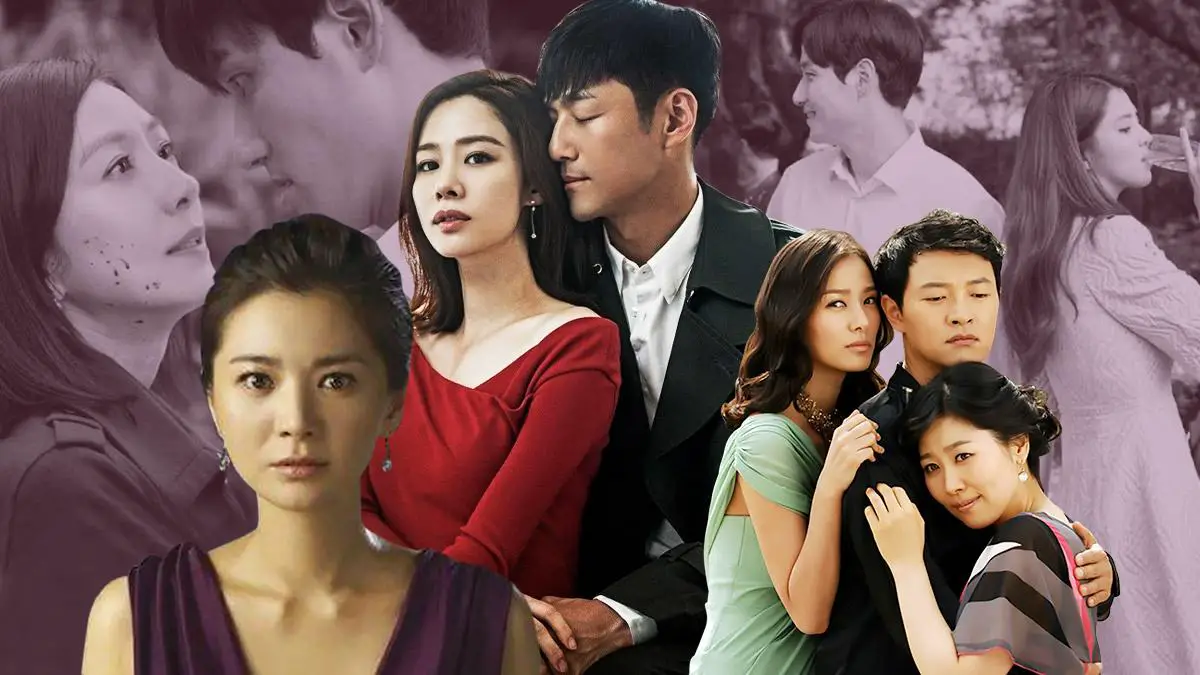
4. K-Drama Tropes
Korean shows and movies often incorporate common themes such as :
1. The Rich Guy/Poor Girl: This trope is a classic in K-dramas and involves the story of a wealthy and powerful man falling in love with a resourceful, hardworking girl from a humble background. The man and woman usually come from different social classes, and the story will often follow their journey as they overcome the differences between their worlds.
2. Love Triangle: A love triangle is a common trope in K-dramas, with two people vying for the attention and love of one person. The love triangle will often include a third person who is a confidante, friend, or rival of one of the main characters.
3. Another trope is a unique one in K-dramas, where two characters agree to enter into a romantic relationship with each other in order to fulfill a specific purpose. The two characters may be motivated by money, power, revenge, or any other purpose, and the story.
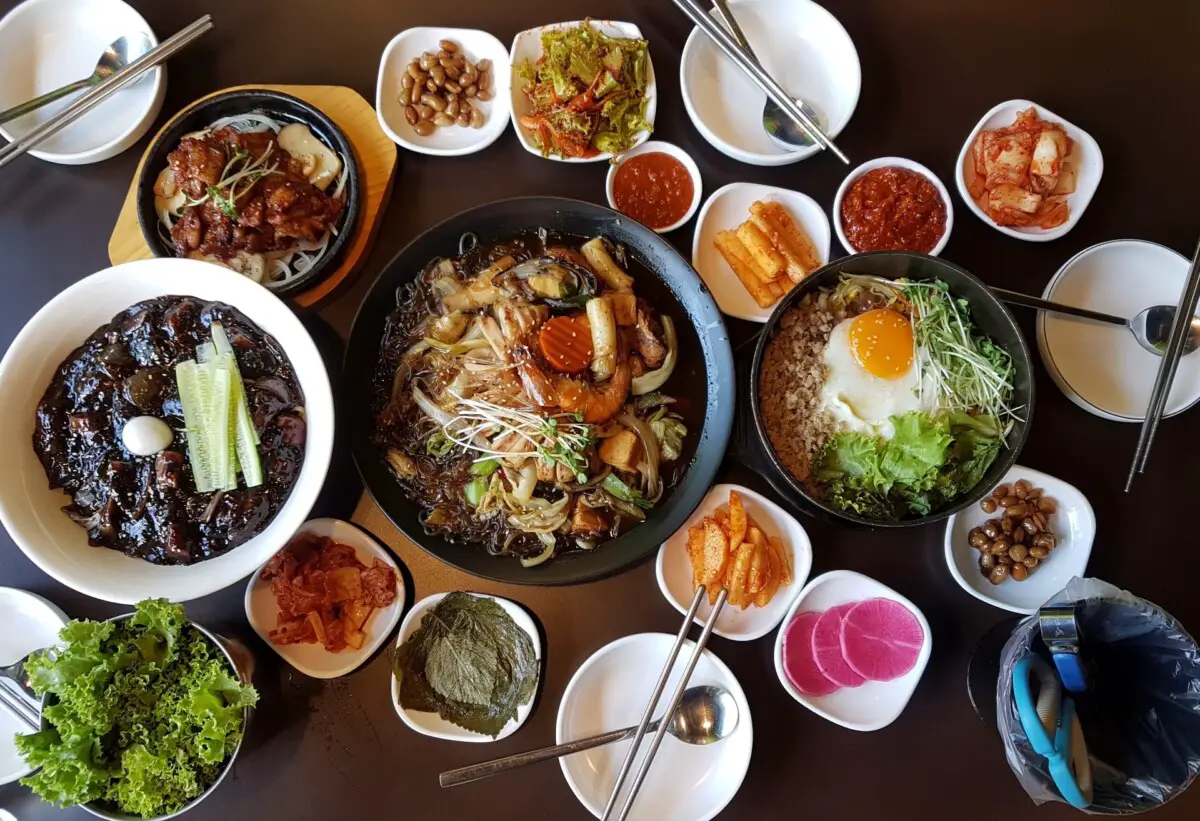
5. Korean Cuisine
Korean cuisine has become a staple in many Korean television shows. From traditional dishes like Bibimbap and kimchi to modern takes on classics like bulgogi and ramen, Korean television shows often feature a variety of flavors and recipes. The vibrant colors of the dishes often brighten the screen, while the ingredients often reflect the culture and the season.
Korean shows often feature dishes that are designed to be shared with friends and family, with dishes that range from the simple to the complex.
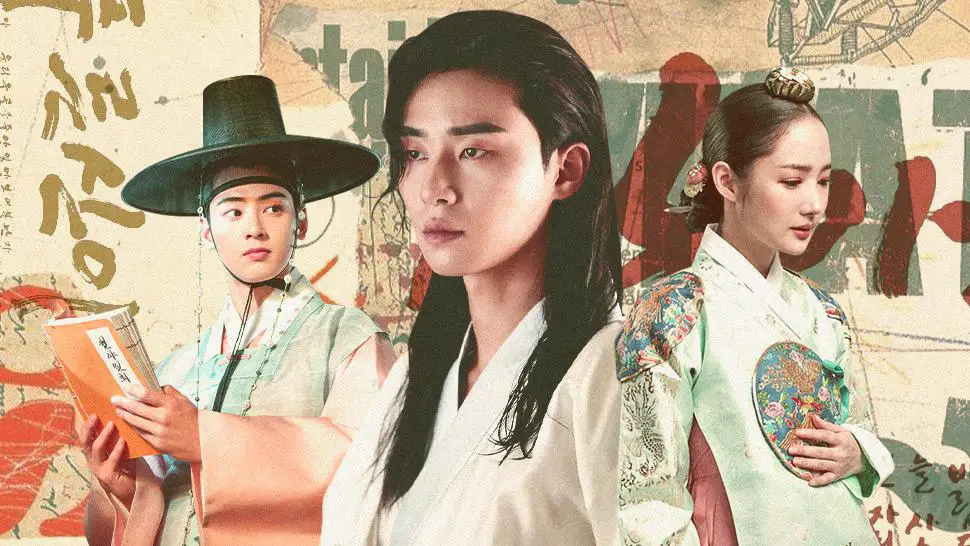
6. Historical Drama
These dramas, shows and movies often tell stories of Korea’s past, from ancient times to the present day. Korean historical dramas typically focus on the lives of kings, queens, warriors, and other powerful figures, and often serve to remind viewers of the great cultural and historical heritage of Korea. Some of the most popular Korean historical dramas include Jewel in the Palace, Jumong, Dae Jang Geum, and Moon Embracing the Sun. These shows have captivated audiences in Korea and around the world, and have gained a huge following among both Korean and international viewers.

7. Korean Fashion
Korean fashion typically consists of bright colors, bold prints, and modern silhouettes. Popular items include oversized blazers, crop tops, oversized sweaters, mini skirts, and statement accessories like oversized sunglasses, bags, and jewelry. Korean fashion is also known for its innovative use of layering, with multiple items being worn at once to create a unique and eye-catching look. Korean fashion has become a trend around the world and continues to be a source of inspiration for many.

8. Korean Honorifics
Korean honorifics are an essential part of the culture that is seen in Korean shows. Honorifics are used to show respect and politeness when speaking with someone of higher status than oneself. Sunbae is used to show respect to older colleagues, and hoobae is used to refer to younger colleagues. Other honorifics such as eonni and oppa are used when speaking to older and younger siblings, respectively. All of these honorifics are used to demonstrate respect in Korean culture and are an important part of Korean shows.
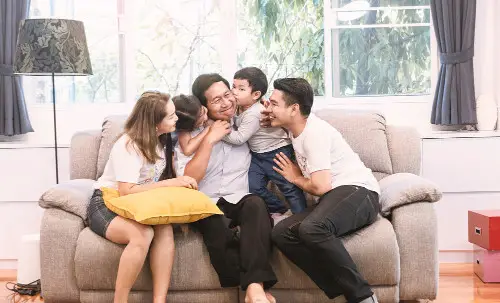
9. Family Dynamics
Korean family dynamics are often portrayed in Korean shows as being centered around a strong hierarchical structure, with the father as the head of the household and the mother playing a supportive role. Respect for the elders and obedience to authority figures is also often emphasized. Family members are expected to look out for each other and work together to maintain harmony within the family.
Family relationships are usually portrayed as being strong and loving, with parents and children having a close bond. In addition, the extended family is often shown to play an important role in providing support to the nuclear family. These dynamics are often demonstrated through themes of understanding, forgiveness, and unconditional love.
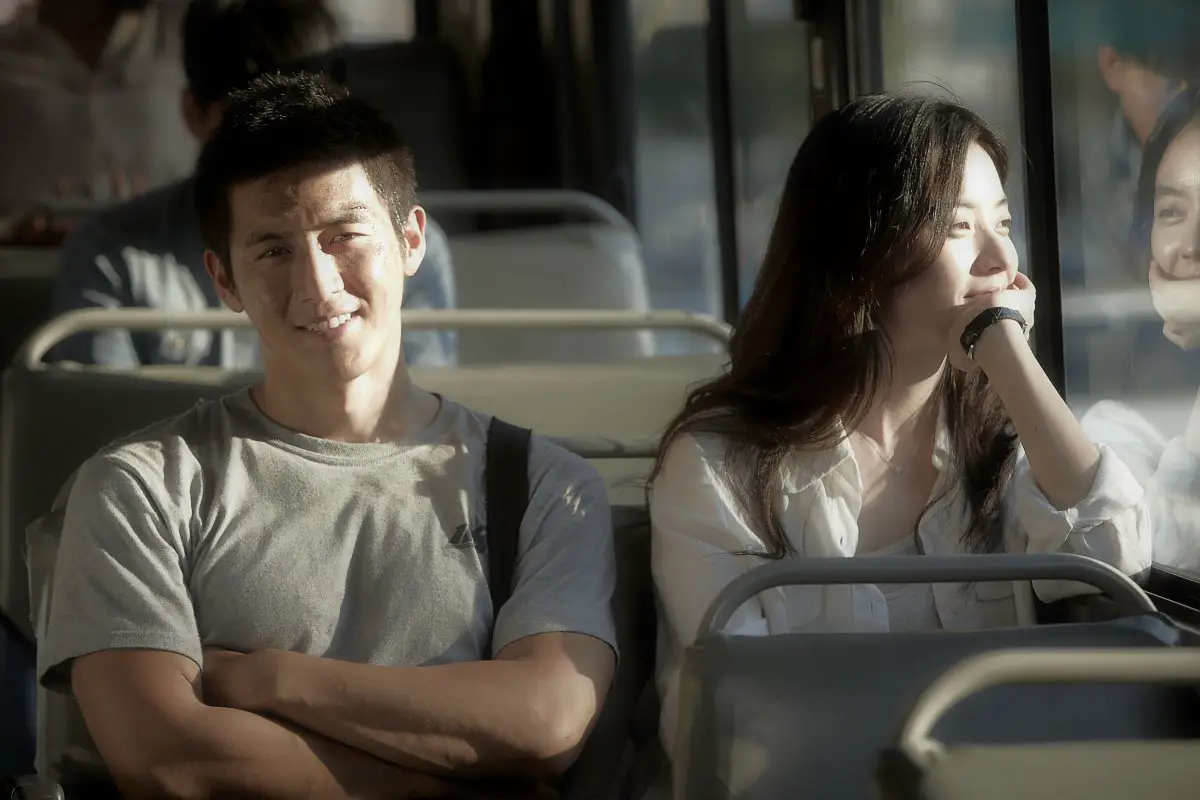
10. Romantic Comedies
These romantic comedies often feature a mix of comedy and romantic elements, focusing on the development of a relationship between the two main characters. These romantic comedies often feature an “opposites attract” trope between the two leads, with the female character often being a strong, independent woman and the male character being a goofy, naïve romantic.
Korean romantic comedies also often feature a “second female lead”, who provides the main couple with obstacles and competition. This often takes the form of a third-wheel, an antagonist, or a rival love interest.
